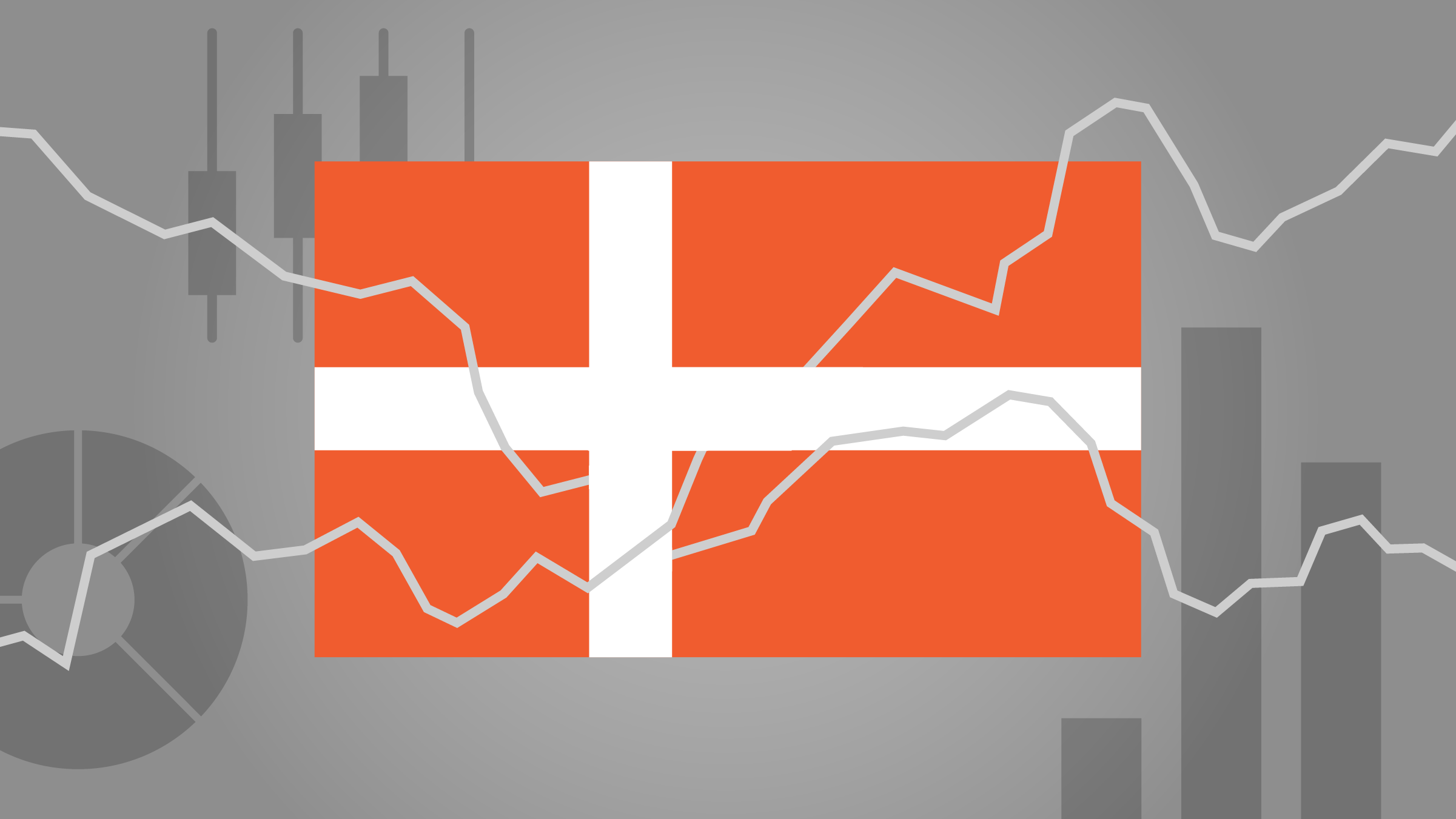Investeringskommentar, Karen Andersen, CFA, Strategist, 05 August 2016
We don’t expect any significant fair value estimate changes in the drug group based on Democratic presidential candidate Hillary Clinton’s disclosed drug pricing plan targeting unjustified price increases for older drugs. While passage of the plan in Congress would be very uncertain, if the plan were to take shape, we expect less innovative generic drugs and older branded drugs to be the focus of price controls. Further, we believe the core element of patent protection supporting drug prices is still intact, supporting our moat ratings in the pharmaceutical and biotechnology industries. Our moat ratings and valuations reflect our skeptical outlook on less innovative companies and their weaker prospects for pricing power, including our no-moat and negative trend ratings for Endo and Mallinckrodt, for example.
Parts of Clinton’s proposed plan would face low chances of passage in Congress or tough implementation. In response to unjustifiable price increases for older drugs, Clinton proposes increasing supply of competitive drugs and issuing penalties, which generally go against Republican support of market driven forces. Further, if drug prices increase too much, Clinton also supports drug importation, which is generally supported by Republicans but difficult to implement through the FDA.
Less innovative drugs would face the brunt of Clinton’s proposed plan. We believe smaller generic drugs with less natural competition and old branded drugs pushing for gains through pricing before generic competition would feel the most price pressure under this plan. However, most drug companies don’t derive much valuation from these drugs, and most large diversified generic drug manufacturers continue to face significant competition and pricing pressure.
On a broader note, the recently introduced drug plan reinforces Clinton’s message of lowering healthcare costs, but we don’t expect major changes in drug pricing power, especially for innovative drugs.
Bulls Say
- The increased prevalence of obesity and patient conversion to pricier modern insulin offerings should expand the insulin market by more than 6% annually over the next five years, based largely on volume.
- With a promising pipeline full of next-generation insulins, Novo is well-positioned to defend its formidable diabetes market share in the long run.
- Novo's prowess developing therapeutic proteins has led to the creation of a highly profitable line of biopharmaceutical products for hemophilia and other disorders, helping to diversify its top line and further boost margins.
Bears Say
- Novo's Tresiba delays in the U.S. market have been costly, and Sanofi's insulin/GLP-1 combination product Lixilan could reach the market at the same time as Novo's Xultophy in 2016.
- Novo and its insulin market peers have enjoyed tremendous U.S. pricing power in recent years, but the passing of the patent cliff and increased consolidation of PBMs led to flat U.S. pricing for Novo in 2015.
- Novo's Victoza has been a strong growth driver, but exclusion from the Express Scripts formulary in 2014 and the introduction of other potent GLP-1 analogs could weigh on growth.
















